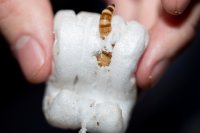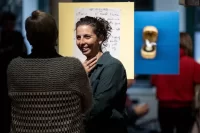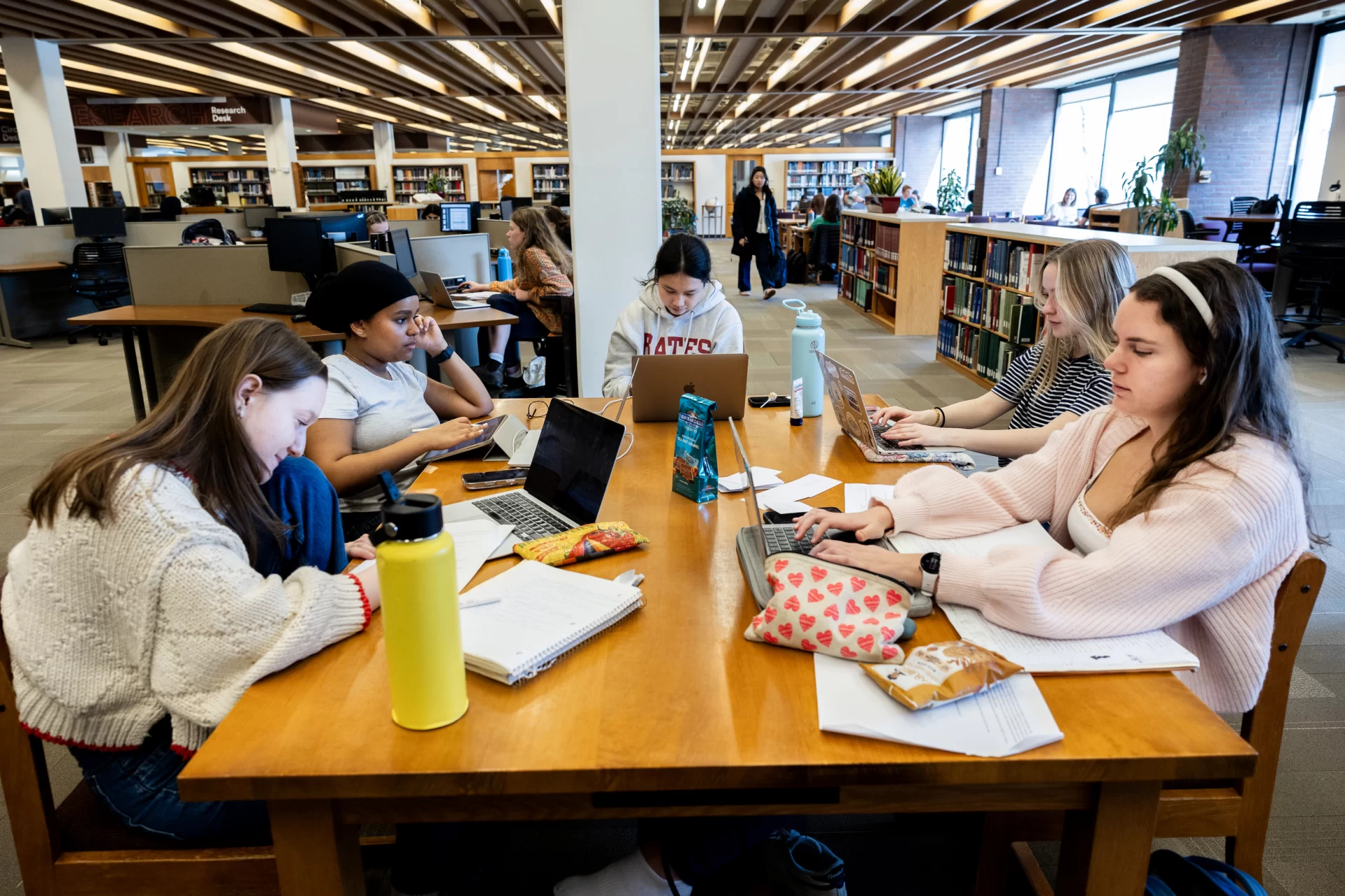
Of clams and climate: what bivalves can tell us about Arctic environmental histories
The annual academic publication Polar Research in Tromsø included an article focusing on Arctic research conducted by Bates biology professor Will Ambrose and his students, including Greg Henkes ’08. Written by Michael Carroll, who has co-authored research articles with Ambrose, the piece discusses how bivavles are becoming helpful in deciphering baseline, historical climate conditions in the Arctic. The topic was also featured in Bates Magazine, in its Spring 2008 issue issue.
Read the article on Arctic research included in Polar Research in Tromsø here.


